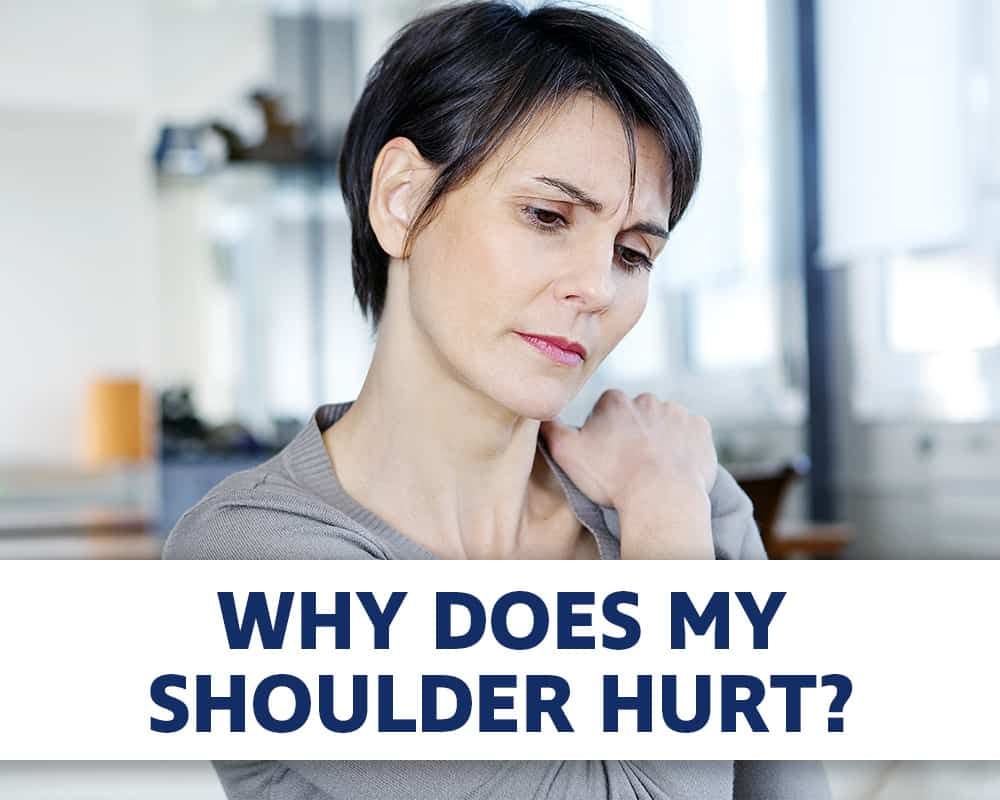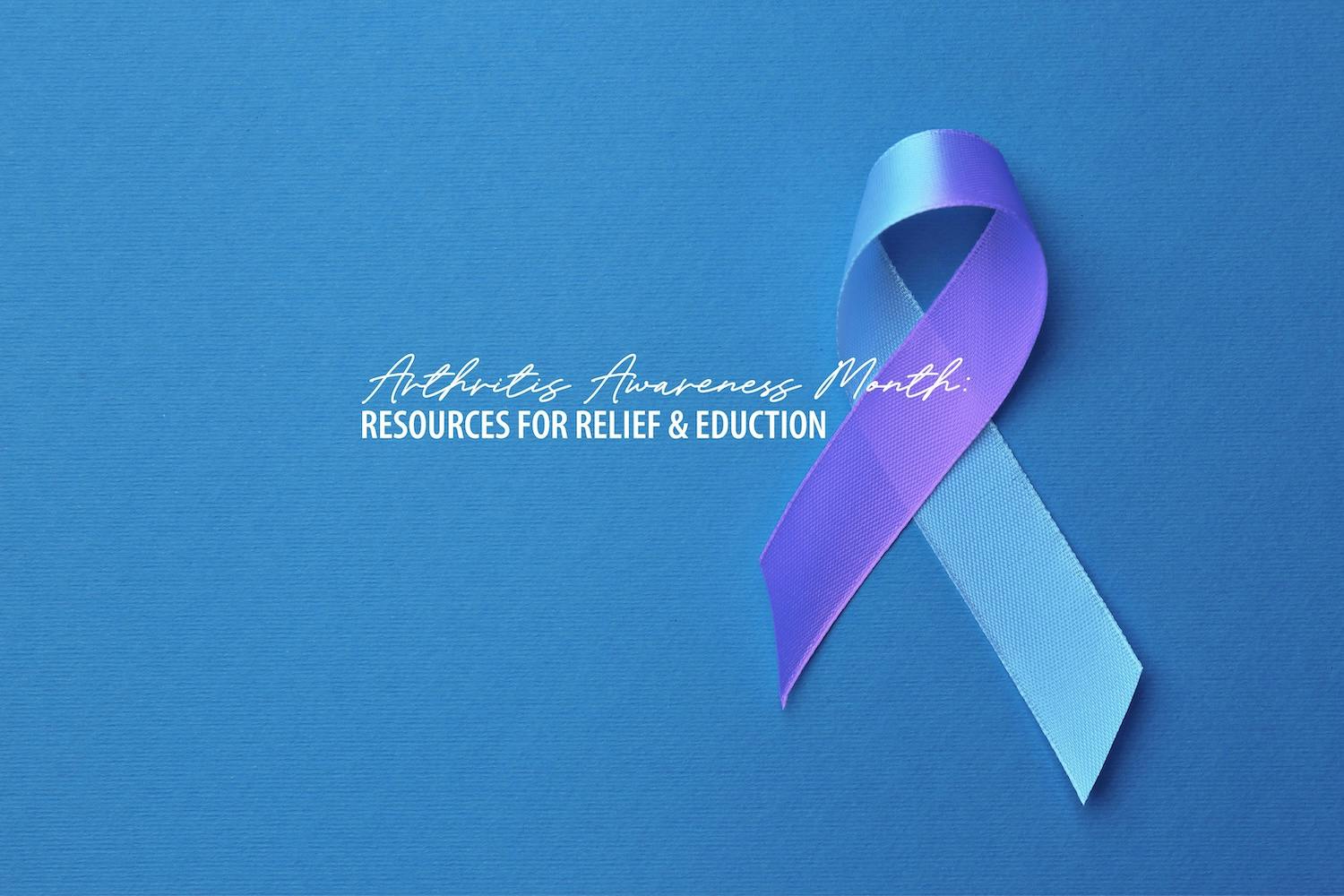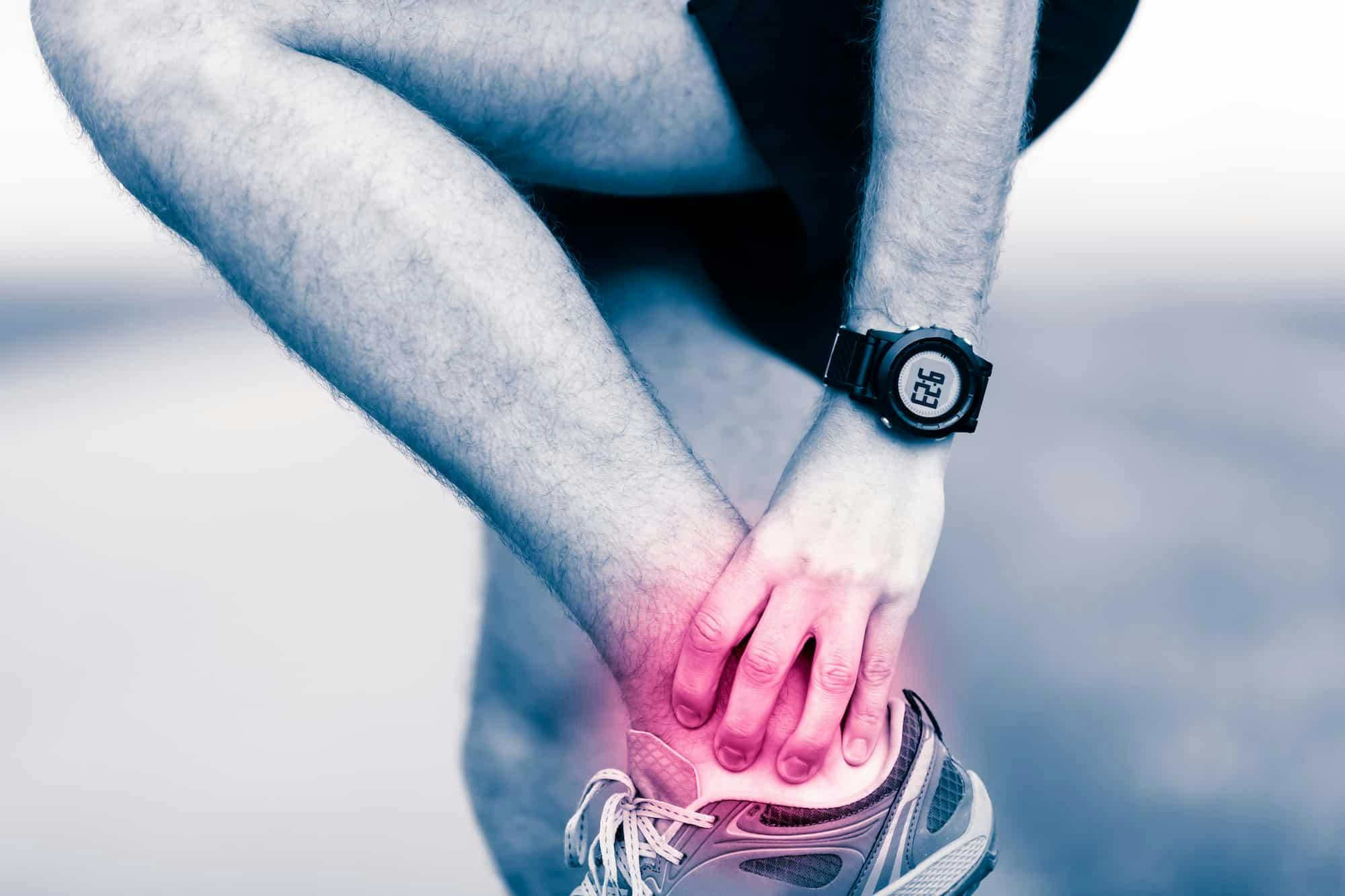- Blog
Why Does My Shoulder Hurt?
Posted on 12-24-2025 in Shoulder by Dr. Chris O'Grady

Posted on 12-24-2025 in Shoulder by Dr. Chris O'Grady
Introduction
Shoulder pain, one of the most common orthopaedic conditions, is caused by damage to one or more of the components of the shoulder—the bones, muscles, tendons and ligaments that comprise the joint. This damage can be caused by disease, chronic overuse, or acute injury, so shoulder pain can appear immediately or progress gradually over time. There are a number of treatment options for shoulder pain, so it is highly advisable to seek medical treatment if you experience pain or discomfort that lasts for more than a few days and is not alleviated by home remedies, like rest, ice and massage.
Do I have an injury?
If you are experiencing shoulder pain, the first thing you'll want to do is try to determine whether or not your pain is being caused by an injury to the joint. Is the shoulder stiff and painful, compromising normal movement of the arm? Do you feel a popping, clicking, or crunching sensation when you move your arm? Does your shoulder feel unstable, like it could pop out of socket at any time? Have you noticed a decrease in arm and shoulder strength? If the answer to any of these questions is yes, it is possible you have one of the common shoulder injuries outlined below and you should seek medical treatment as soon as you can.
Common Injuries
Bursitis - Shoulder bursitis is caused by inflammation of the bursa, a small, fluid-filled sac in the shoulder that reduces friction between the different components of the joint. When placed under repeated stress, as happens during repetitive motions like throwing or overhead lifts, the bursa can overfill with fluid, leading to pain and stiffness.
Tendinitis - Tendinitis occurs when the tendons and muscles that comprise the shoulder are injured, typically from chronic overuse. This condition generally develops gradually over time and is very prevalent in people who perform a lot of repeated, overhead movements, like swimmers, pitchers and tennis players, and laborers. It can also have postural origin, since keeping the arm in the same position for an extended period of time, like sleeping on the same shoulder night after night, can lead to tendinitis.
Bicep Tendon Tears - There are three biceps tendons in each arm; two that connect the biceps muscle to the shoulder and one that connects the biceps muscle to the elbow. Biceps tendon tears occur when chronic overuse causes repeated stress to continually degrade the tendon, or when a sudden, traumatic injury overloads the tendon and it tears.
Rotator Cuff Tears - The rotator cuff, a group of four muscles that attach the humerus (upper arm bone) to the shoulder blade, is one of the most crucial components of the shoulder. It allows the muscles and tendons of the shoulder to lift and rotate the humerus and is essential to almost every basic and complex movement we require of the joint. The rotator cuff can be injured through acute injury or it can tear gradually over time; in any case, injury to the rotator cuff is very painful and severely limits the shoulder's ability to move and function as intended.
SLAP - The labrum is a ring of firm, fibrous tissue that surrounds the shoulder socket (glenoid) and stabilizes the joint. When the top (superior) portion of the labrum is torn, it is commonly referred to as a SLAP tear, an acronym meaning "superior labrum anterior and posterior." This literally translates into a tear at "the top part of the labrum, from the front to the back."
Acromioclavicular Joint Separation - The acromioclavicular (AC) joint is the point in the shoulder where the collarbone (clavicle) and the acromion of the shoulder blade are connected by ligaments. An AC joint separation occurs when these ligaments are strained or separated, typically from a sharp blow to the shoulder, and can be "graded" on a scale of one to six, with six being the most severe. Grade 1 separations generally involve a sprain of the AC ligament, while Grade 6 separations involve total tears of the ligaments and noticeable deformity in the shoulder.
Impingement - Shoulder impingement occurs when the rotator cuff tendon and the bursa are squeezed between the acromion and humerus bones in the subacromial space. Over time, this pressure on the soft tissues of the shoulder can cause micro-tearing of the rotator cuff and degeneration of the tendon. If left untreated, this can progressively lead to a full tear of the rotator cuff.
Instability - Shoulder instability is a degradation of the stability of the ball and socket joint that makes up the shoulder. A chronic condition in which the head of the humerus (the "ball") repeatedly slips out of the glenoid cavity (the "socket"), shoulder instability can lead to lasting damage to the soft tissues of the shoulder if untreated. These repeated dislocations can reduce on their own, in which case they are known as subluxations, but a complete dislocation requires medical intervention to be corrected.
Shoulder Arthritis - Arthritis literally translates to "inflammation of the joint," and describes any disease process which leads to cartilage loss. Cartilage serves an incredibly important role in joints of the body, as it "cushions" the space and prevents bone-on-bone contact. Arthritis occurs in every major and minor joint and can be very painful, because the wearing down of cartilage causes bones to grind against one another. This leads to increasing stiffness, pain, swelling and decreased use of the shoulder. The three principal forms of shoulder arthritis are osteoarthritis, rheumatoid arthritis, and post-traumatic arthritis.
Fracture - Fractures occur when sufficient force acts upon a bone to break it. The three bones of the shoulder most susceptible to fractures are the clavicle (collarbone), proximal humerus (upper arm bone), and the scapula (shoulder blade). Generally speaking, these fractures can affect people of any age and are often the result of falls, but they can also be frequently found in young athletes injured during sport.
Adhesive capsulitis - Colloquially known as frozen shoulder, adhesive capsulitis is a painful condition in which the thin, flexible capsule surrounding the shoulder develops adhesions and becomes rigid and thick. This hardening of the capsule makes it increasingly difficult to move the shoulder and can result in pain and significant loss of range of motion in the joint.
What are the treatments?
When properly diagnosed, most shoulder problems can be treated without surgery. There are many surgical and non-surgical treatment options for shoulder pain. Based on your history, physical exam and applicable diagnostic test results, your physician could recommend lifestyle changes, like activity modification and diet; medication; physical therapy; minimally-invasive treatments like orthobiologics or corticosteroid injections; or, if necessary, surgery. Regardless of which treatment option is deemed best for you, your physician will also work with you to develop preventative measures to stop an injury from reoccurring after treatment, and to prevent the same issue from affecting your other shoulder.

May is Arthritis Awareness Month, an opportunity to increase public understanding of arthritis and its impact on millions of lives. Established by the Arthritis Foundation, this national observance highlights the importance of early diagnosis, effective treatment, and ongoing research to improve the quality of life for those with arthritis.

With summer in full swing and children taking advantage of more time to participate in sports-related or other outdoor activities, it’s essential to be mindful of injury prevention while encouraging their interest in activities that don’t involve screen time!

May is National Arthritis Awareness Month, and of the more than 100 forms of this painful condition, many can affect the ankle. In fact, almost half of people in their 60s and 70s have arthritis of the foot and/or ankle, but not all of them have symptoms.